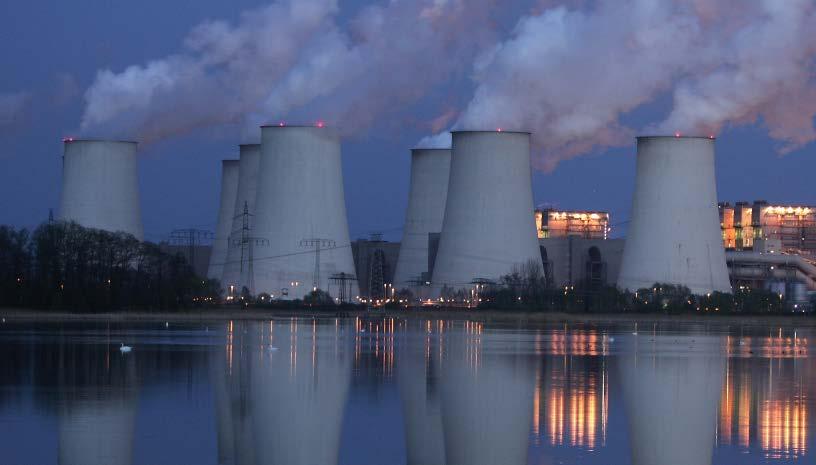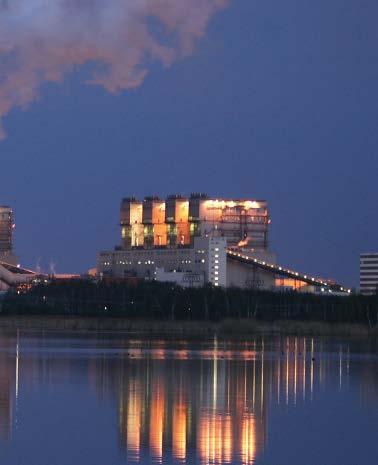
5 minute read
Iron ore rises on China demand hopes, but set for monthly losses
On Friday, iron ore futures rose as a decrease in China's steel inventories rekindled hope over demand for raw material for steelmaking, but the Asian benchmarks were expected to mark monthly losses on receding supply threats.
Iron ore on the Dalian Commodity Exchange in China increased by as much as 3.2 percent to 803 yuan ($119.80) a tonne for a fourth consecutive day. On the Singapore Market, it rose 1 percent to $112,29 a tonne. For the third consecutive week on Oct. 22-28, major steel products kept by 184 Chinese steel mills tracked by Mysteel consultancy fell to 6.05 million tonnes, as demand from end-users improved. This week, a fall in weekly iron ore exports from Australia to China also gave a lift to rates.
However, in response to daily berth maintenance, iron ore shipments to China appear to fluctuate, said Atilla Widnell, managing director at Navigate Commodities in Singapore, which has a bearish market forecast for the remainder of the year. Widnell said, "Average weekly arrivals at Chinese ports remain reasonably robust whereas domestic blast furnaces are steadily scaling back production." By year-end and next year, prices may fell to $100 a tonne, said Erik Hedborg, senior iron ore analyst at CRU in London, citing a' safe correction.' "The business is looking more healthy and there is a steady decline in supply chain disturbances induced by port congestion in China," he said.
FUNDAMENTALS FUNDALS
• In the third quarter, Vale SA recovered its iron ore inventories and would reduce the disparity between supply and revenue over the next few months. • Strong investment on modernizing Chinese plants implies no disturbance from the normal curbs of winter development. • Rebar rose 1.3 percent on the Shanghai Futures Market, while the hot-rolled coil climbed 0.8 percent. Stainless steel slipped by 0.9%. • Coking coal leapt 1.1% and coke advanced 1.5%.
SOLVING YOUR MOST COMPLEX CHALLENGES.

With SEH, you are a true partner and collaborator.
Engineers | Architects | Planners | Scientists
GLOBAL

U.S. Miners Are Trying to Get Out of the Thermal Coal Business
(Bloomberg) — U.S. coal miners are looking for or being forced out of the electricity market. Contura Energy Inc. is encouraged by activist investors to intensify its strategy to get out of mining thermal coal for power stations, relying instead on the more profitable form used to produce steel. And, after an attempt to transfer them to a joint venture was thwarted last week, Arch Resources Inc. is looking to shed its thermal properties to also focus on metallurgical coal.
The moves reflect the coal industry's diverging directions. Utilities are switching away from burning thermal coal, the dirtiest fossil fuel, with cheaper energy options more readily available. But as the global economy recovers from the coronavirus slowdown, the demand for metallic coal, used in steelmaking, is up. That has miners changing their targets.

Andrew Cosgrove, mining analyst for Bloomberg Intelligence, said, "It's pretty simple: get out of the sun." "With that plan, there's nothing wrong. They're welcomed. The market shows you it that is what they desire.
Contura is now the leading U.S. manufacturer of met coal and, according to its 2Q earnings call, plans to be "a pure-play
met coal firm by the end of 2022." The Bristol, Tennessee-based business pulled out of the Powder River Basin area, the largest U.S. supplier of thermal coal, in May, and placed its mining complex in Pennsylvania up for sale in June. But for certain investors, it isn't sufficient enough.

"In recent months, it has become painfully clear to us that Contura will not begin to reverse its years-long tailspin entirely before it accelerates its expected exit from the thermal coal market," Michael Gorzynski, a managing director of MG Capital Management Ltd., wrote to the board of Contura in a letter on Wednesday.
In the second period, Met coal accounted for 63 percent of Contura's shipments and 77 percent of its sales. The investment group headquartered in New York says it has a 5.8 percent interest in Contura and is now advising the organization to replace half its board with management who will guide the move away from the "environmentally damaging thermal coal organization." A spokesperson for Contura did not respond to inquiries.
For years, thermal coal demand in the U.S. has been slipping slowly. According to the U.S., power plants are forecast to burn around 433 million tons this year, less than half of what they need a decade earlier, and down 20% from 2019. Administration for Energy Knowledge. Meanwhile, since April, global steel output, the engine of satisfying the need for gas, has been increasing steadily. Arch is now transitioning its market to coal and exploring potential alternatives for its thermal reserves, including the Wyoming Black Thunder mine, which is the second largest in the United States. The No. 2 U.S. coal company is so focused on the transformation that in May it has modified its name, removing Arch Coal Inc.'s term "coal." Last week, the firm encountered a roadblock after a judge nixed a planned joint partnership with the largest U.S. coal company, Peabody Energy Corp. With several of Peabody 's holdings, like North Antelope Rochelle, the world's largest coal mine bordering the Black Thunder location, Arch was preparing to bring much of its thermal properties into a new venture.
The company was to be operated by Peabody, enabling Arch to move back from managing thermal coal, but the judge ruled that it would be unacceptable to rivals to build a Powder River Basin behemoth.
Arch is not altering its plan, considering the loss. "In a statement, Chief Executive Officer Paul Lang said," We plan to drive full steam ahead with our strategic turn into the steel and metallurgical industries. For both firms, one challenge would be seeking someone to keep their hands off the thermal mines. "No customers are here," Cosgrove said.








